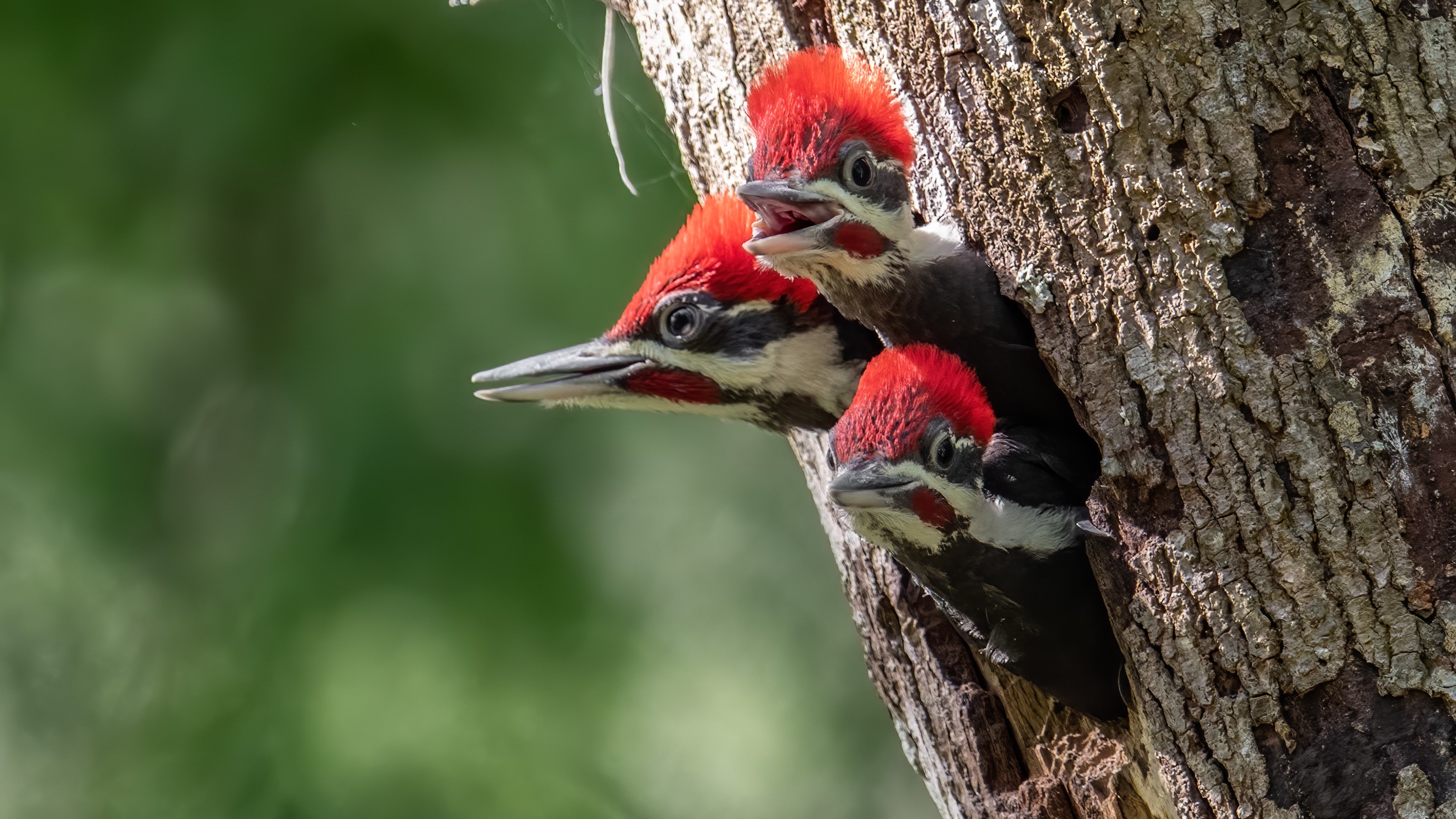| Story by Meghan McMahon |
6/25/2020
When you spot a nest in a nearby tree or bush, it’s easy to assume it’s a robin’s nest, because robins are one of the most familiar of birds and one of the most common. Robins are also not very particular when it comes to building a nest, so you can find one almost anywhere. They will build their nests in trees and shrubs, but also gutters, eaves and other structures, according to the Cornell Lab of Ornithology.
Much like robins are the quintessential backyard bird, their nests are very much the quintessential nest. When you think of a bird’s nest, something very close to a robin’s nest is very likely what comes to mind. Robins build their nests with twigs, grasses and other materials, pressing them into a cup before adding mud to make it stronger and more stable. The last step is then lining the inside of the nest with fine grasses, according to Cornell Lab. A robin’s nest is usually about 3 inches to 6 inches tall and 6 inches to 8 inches across.
While a robin’s nest is the traditional grass-and-twig cup-shaped structure, not all nests are. Some birds make nests on the ground, called scrapes. Others nest in cavities and trees and other structures. Still others build large platforms for nesting. Some birds, such as the brown-headed cowbird, don’t use nests at all and instead lay their eggs in the nests of other birds. Even among those birds that do build traditional nests, there’s a lot of variation among size, shape and materials.
And not all birds are highly skilled nest builders. Mourning doves, for example, are known for their flimsy nests, said Jess McQuown, an interpretive naturalist at Four Rivers Environmental Education Center. And cardinals won’t be winning any nest-building competitions, although theirs are a step above mourning doves.
Here’s a closer look at the different kinds of birds nest we see among the birds that call Will County home, at least during nesting season.

)
)
)
)
)
)